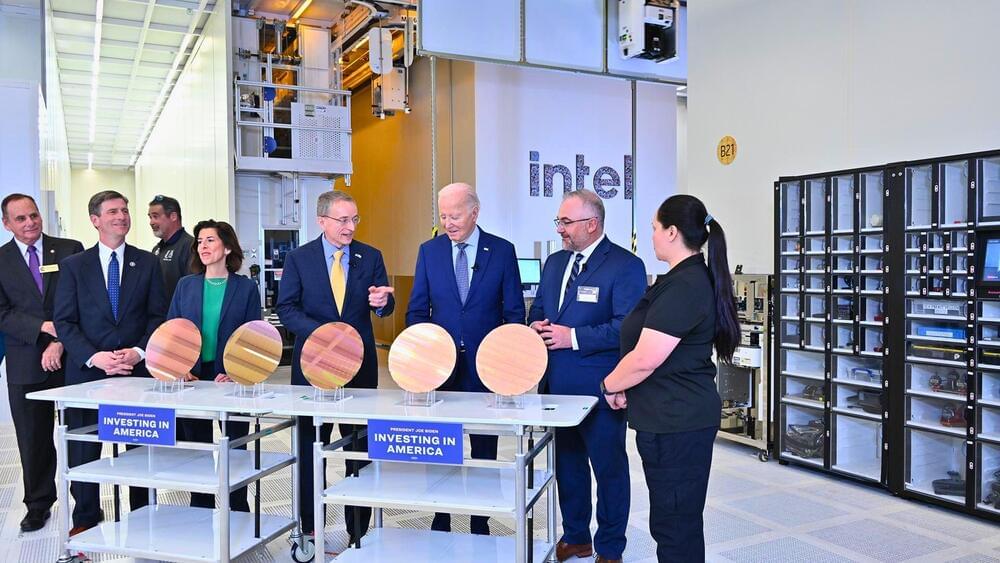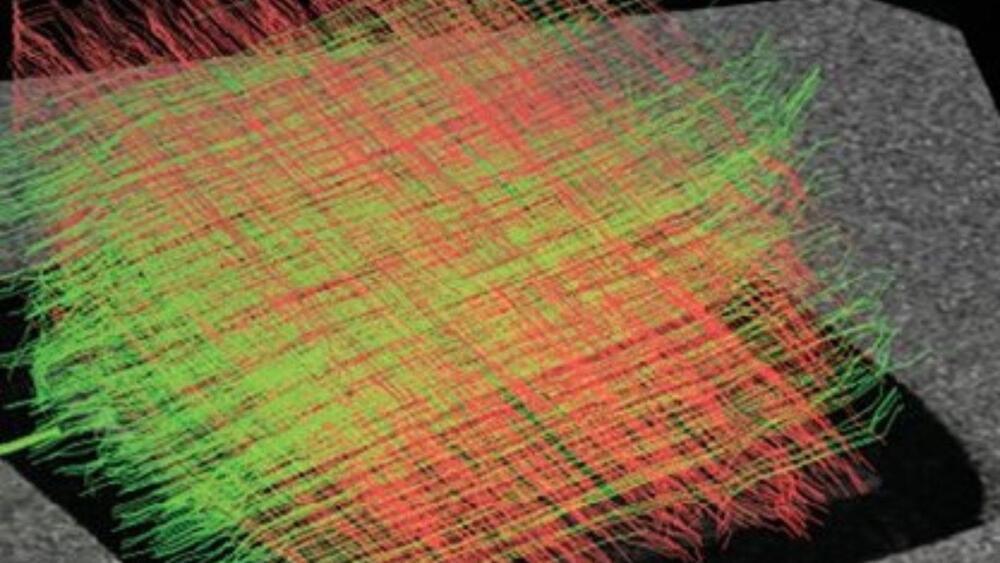Free access Closer to Truth’s library of 5,000+ videos for free: http://bit.ly/376lkKNSome scientists claim that the universe did not have a beginning. Some…
Get the latest international news and world events from around the world.

Cannabis Vaping Liquids Contain Nano-Sized Toxic Metal Particles, Study Finds
“Cannabis vapes are newly regulated products in Canada, so we don’t yet have much scientific data about them,” said Dr. Andrew Waye. “This is an opportunity for us to look at some of the questions concerning the risks and unknowns of cannabis vapes.”
Do vapes pose health risks on par with the very tobacco and cannabis products it’s using to safeguard against? This is what a recent study presented at the ACS (American Chemical Society) Spring 2024 meeting hopes to address as a team of researchers investigated the potential health risks that vaping devices could pose, specifically pertaining to the vaping liquids that possess toxic metal nanoparticles, with both regulated and unregulated vaping devices. This study holds the potential to help researchers, medical professionals, and the public better understand the long-term health risks by vaping, which until now have been deemed a “safer” alternative to smoking cigarettes or cannabis.

Harnessing Hemp: Empowering Native American Economies
“There is still significant interest and potential in industrial uses of hemp,” said Dr. Jeffrey Steiner.
How can hemp production help boost local Native American economies? This is what a $10 million grant from the U.S. Department of Agriculture’s (USDA) National Institute of Food and Agriculture hopes to achieve as they recently awarded this grant to the Global Hemp Innovation Center at Oregon State University (OSU) to foster collaboration with 13 Native American Tribes across the western United States, including California, Montana, Nevada, Idaho, Washington, and Oregon with the goal of creating economic stimuli for those communities while improving hemp production.
The grant comes with four primary objectives in achieving collaboration with the 13 Tribal nations, including educational opportunities, technology development, building trade networks, and ensuring product quality. This grant comes as the 2018 Farm Bill helped legalize hemp, leading to hemp production reaching $824 million across the United States in 2021.


This startup wants to fight growing global dengue outbreaks with drones
“The challenge is getting into those hidden places,” says Machado. “It’s rare that Aedes aegypti breeding areas are found out in the open, like on a sidewalk, because when people see them, they destroy them. But with drones, we can get into areas we just can’t otherwise.”
Birdview has carried out studies with several partners since 2021, including the United Nations, the University of São Paulo (USP), and the state-owned Brazilian Agricultural Research Corporation (Embrapa), to better understand the effectiveness of releasing the disease-fighting mosquitoes with drones. First they looked at how the mechanism of the drone and outside conditions, like wind turbulence, affected the survival rate of the mosquitoes and their ability to fly.
The results were positive, so they moved on to flight-and-release tests in the Brazilian states of Pernambuco and Paraná, as well as Florida, where they’ve been working with the Lee County Mosquito Control District to see how far the mosquitoes spread upon release. They used the “mark, release and recapture” method, which involves sterile male mosquitoes being marked with a certain color before being released and later recaptured with traps so the team could see how far they had flown. They also set traps where eggs could be laid and monitored.

The AI Act is done. Here’s what will (and won’t) change
But the reality is that the hard work starts now. The law will enter into force in May, and people living in the EU will start seeing changes by the end of the year. Regulators will need to get set up in order to enforce the law properly, and companies will have between up to three years to comply with the law.
Here’s what will (and won’t) change:
Texas firm tops Tesla with innovative solar rooftop solution
Using LFP batteries, Yotta Energy has eliminated the need to install a separate battery pack and the extra wiring that it needs.



World’s first high-resolution ‘brain phantom’ 3D printed by researchers
Marking a significant advancement in medical technologies, a team of researchers from the Medical University of Vienna and Vienna University of Technology (TU Wien) has 3D printed the world’s first high-resolution brain.
Modeled after the structure of brain fibers, the 3D-printed “brain phantom” can be imaged with a specialized form of magnetic resonance imaging (MRI) known as dMRI.